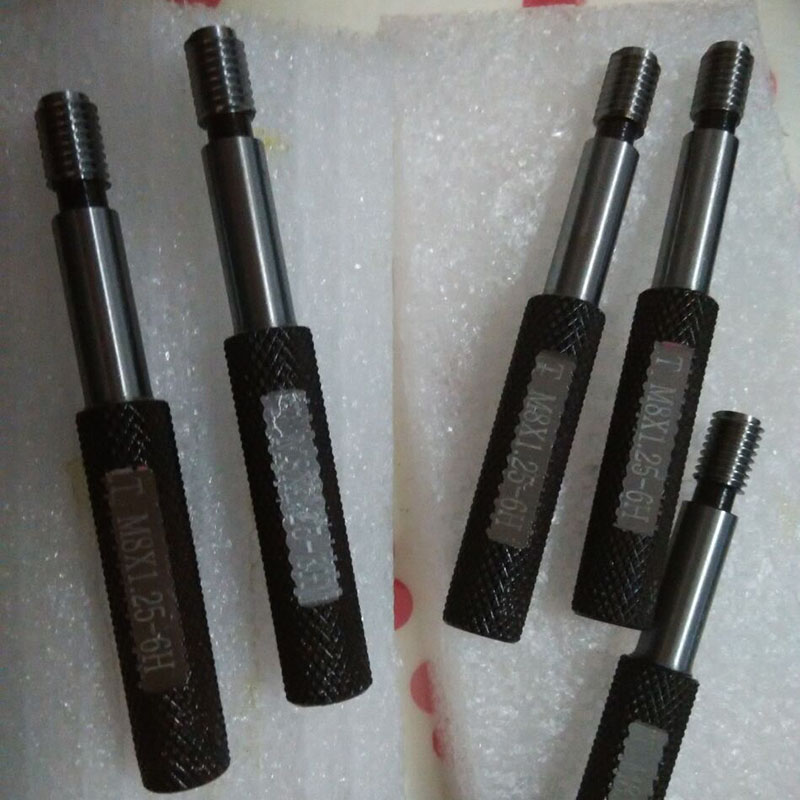lis . 07, 2024 22:38 Back to list
Understanding Stop and Check Valves in Fluid Control Systems
Understanding Stop and Check Valves A Critical Component in Fluid Systems
In the world of fluid dynamics, valves play a pivotal role in controlling the movement and properties of liquids and gases. Among the various types of valves used in industrial applications, the stop and check valve is essential for ensuring safe and efficient operations in piping systems. This article will delve into the functionalities, designs, and applications of stop and check valves, emphasizing their significance in various industries.
What is a Stop and Check Valve?
A stop and check valve is a specialized type of valve that combines the functions of both a stop valve and a check valve. This dual-purpose valve is primarily designed to regulate fluid flow in a pipeline while also preventing backflow, which can lead to system failures or contamination of the fluid being transported.
Stop Valve Functionality The stop valve aspect allows operators to shut off the flow of fluid when necessary. This function is vital during maintenance activities or in the event of emergencies, enabling quick isolation of sections of the piping system.
Check Valve Functionality The check valve component ensures that the fluid can only flow in one direction, thereby inhibiting any reverse flow that could compromise system integrity. This functionality is crucial for protecting pumps and other equipment from damage caused by backflow.
Design Features
Stop and check valves come in various designs and configurations, depending on their intended application. Some common types include
1. Swing Check Valves These valves utilize a swinging disc mechanism that opens to allow forward flow and closes under the influence of reverse flow. The design facilitates low-pressure drop and can handle higher flow rates.
2. Lift Check Valves Unlike swing check valves, lift check valves use a disk that moves vertically in response to flow direction. They are ideal for high-pressure applications but may require more force to open compared to swing type.
3. Dual-Plate Check Valves This design incorporates two plates that swing open or closed, providing a lightweight solution for preventing backflow with minimal pressure drop.
stop and check valve

4. Y-Pattern Check Valves These valves are designed in a “Y” shape, which helps in reducing turbulence and pressure loss while ensuring efficient flow and backflow prevention.
Each design has its pros and cons, and the choice of valve often hinges on the specific requirements of the piping system, such as pressure, flow rate, and the nature of the fluid
.Applications of Stop and Check Valves
The versatility of stop and check valves makes them suitable for a myriad of industrial applications. Here are some notable examples
1. Water and Wastewater Treatment In municipal water systems, stop and check valves help ensure proper fluid flow and prevent contamination, thus maintaining the quality of potable water. They are also essential in managing effluent in treatment plants.
2. Oil and Gas Industry These valves are utilized in upstream and downstream operations to manage fluid flow and safeguard against backflow, thus protecting sensitive equipment such as pumps and compressors.
3. HVAC Systems In heating, ventilation, and air conditioning systems, stop and check valves are used to control fluid movement in closed-loop systems, ensuring efficient thermal management.
4. Chemical Processing Chemical plants require precise control of fluid flow to prevent accidental mixing of incompatible substances, making stop and check valves critical to maintaining safety and process efficiency.
Conclusion
In conclusion, stop and check valves are indispensable components in fluid systems, serving dual purposes that enhance safety and operational efficiency. Their ability to regulate flow while preventing backflow is crucial across various industries, from water treatment to oil and gas, and HVAC systems to chemical processing. Understanding the functionality and application of these valves can lead to better system design and improved maintenance practices, ultimately fostering enhanced reliability and performance in fluid transport systems. As industries continue to advance and evolve, the importance of incorporating reliable control mechanisms like stop and check valves will remain paramount in ensuring effective and safe operations.
-
thread-plug-gauge-our-promise-of-measurement-excellenceNewsAug.22,2025
-
gauge-pin-class-reflecting-quality-legacyNewsAug.22,2025
-
check-valve-types-for-high-rise-buildingsNewsAug.22,2025
-
water-control-valve-for-irrigation-systemsNewsAug.22,2025
-
gate-valve-with-soft-seal-technologyNewsAug.22,2025
-
y-type-strainer-for-oil-and-gas-applicationsNewsAug.22,2025
Related PRODUCTS









